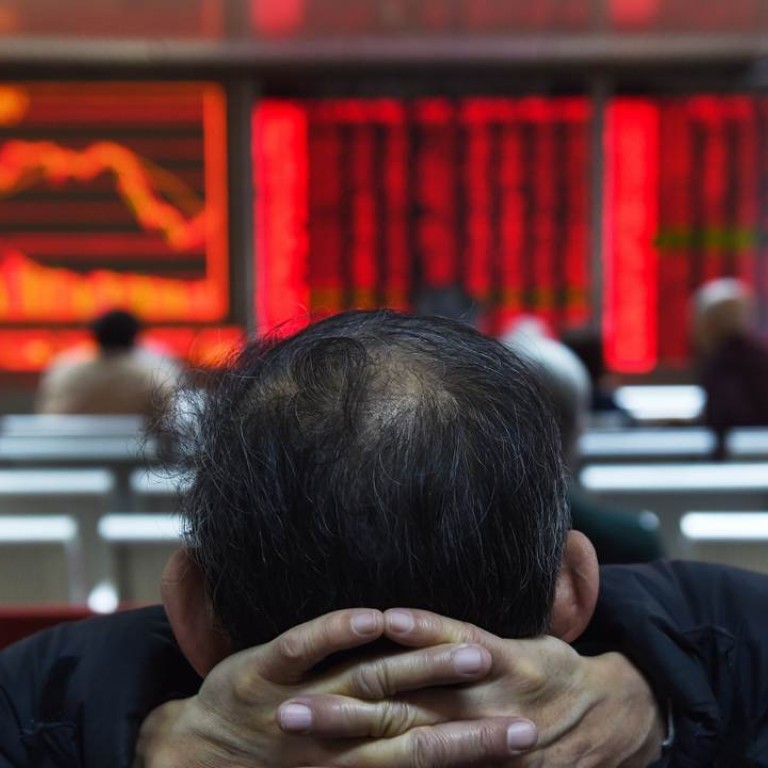
China’s leaders walk a fine line between short-term economic growth and long-term stability
The world will be watching the legislature’s annual meeting for a guide to the tone and direction of this year’s economic development
Fresh evidence of the slowdown in the mainland economy typically prompts speculation that officials will respond by increasing liquidity and loosening credit to boost growth and avoid a hard landing. And when they do, it prompts concerns that putting off structural reforms and piling up debt in companies and losses in the banking system will make things worse. How much worse that may be depends on which economist you are listening to. There is no question everyone is watching policy now to see how decision-makers balance short-term political goals with longer-term risks.
READ MORE: China’s consumption growth to remain fast in 2016 despite slowdown jitters
It seems the top priority is stabilisation of both the economy and volatile markets. The evidence is the January credit spree funded by a fresh 2.51 trillion yuan (HK$3 trillion) in lending, new instructions to financial institutions last week to lend more to targeted industrial sectors, and the central bank’s decision to undertake daily open-market operations. The central bank is opening up the liquidity tap for the banking system on a scale reminiscent of the financing of the stimulus in response to the global financial crisis.

In the short term, this may be seen as showing that China is not contributing to global economic troubles. Indeed, some experts say the government is so determined to tackle a slowing growth rate that it may finally exceed the target. But as a result, it is trapped in a dilemma because looser policy now risks derailing a reform process that is paramount.
It flies in the face of goals of deleveraging and phasing out obsolete facilities. However, as the possibilities of a hard landing remain and financial risks rise, Beijing is still sending a clear message that it will not allow this worst-case scenario to eventuate.
READ MORE: Mainland China’s new securities chief details tasks facing senior regulatory officials
In theory, if growth rebounds, debts can be honoured, but without reforms that may be problematical. Decision-makers must know well the gamble of trading longer-term reform for short-term stability. But it seems the bottom line of 6.5 per cent growth will be guarded with extra vigilance. President Xi Jinping (習近平 ) and Premier Li Keqiang (李克強) have put their deleveraging goal on the back burner, at least for now.
Ahead of the annual sessions early next month of the NPC and CPPCC, the national legislature and advisory body respectively, Li and other state leaders are consulting different sectors for final input into the government work report before the government decides policy settings. The world will be watching the NPC for a guide to the tone and direction of this year’s economic development.

